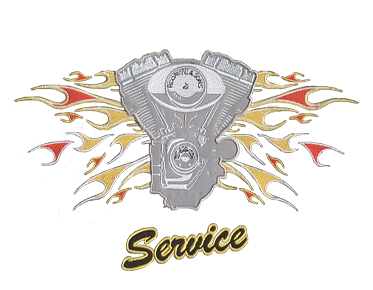Comparison Between 3D Embroidery Digitizing And Traditional Embroidery
Embroidery is an age-old art form that has
been used for centuries to decorate textiles with intricate and beautiful
designs. In recent years, advancements in technology have led to the
development of 3D embroidery digitizing,
a process that allows for more complex and detailed designs to be created than
traditional embroidery methods. In this article, we will compare 3D embroidery
digitizing with traditional embroidery and explore the pros and cons of each
method.
Traditional Embroidery
Traditional embroidery form that has been used for centuries to embellish textiles with decorative designs. The process involves hand-stitching thread onto a fabric surface using a needle and thread. The designs are created by tracing the pattern onto the fabric and then stitching over it, filling in the design with thread in a variety of colors and textures.
One of the main benefits of traditional embroidery is the handmade look and feel of the finished product. Each stitch is done by hand, creating a unique and personalized piece. Traditional embroidery is also a great option for small runs or one-of-a-kind pieces, as the process is relatively simple and doesn't require expensive equipment.
However, traditional embroidery has some limitations. Complex designs can be difficult to execute, and it can be time-consuming to complete larger projects. Traditional embroidery also requires a skilled embroiderer, which can be hard to find, and the quality of the finished product can vary depending on the embroiderer's expertise.
3D Embroidery Digitizing
3D embroidery digitizing is a newer process that involves creating a digital design file that can be read by an embroidery machine. The machine then stitches the design onto the fabric using a programmed sequence of stitches, resulting in a three-dimensional design.
One of the primary benefits of 3D embroidery digitizing is the ability to create more complex and detailed designs. The digitizing process allows for greater precision and accuracy than traditional embroidery methods, and designs can be created in a fraction of the time. The embroidery machines used in 3D embroidery digitizing can also produce consistent and uniform results, regardless of the embroiderer's skill level.
Another benefit of 3D embroidery digitizing is the ability to produce large quantities of embroidered items quickly and efficiently. The digitizing process allows for easy replication of designs, making it an excellent option for mass production runs.
However, 3D embroidery digitizing also has its limitations. The cost of equipment can be prohibitive for small businesses or individuals, and the digitizing process can be complex and time-consuming. The finished product can also lack the handmade feel and personalized touch of traditional embroidery.
In conclusion, both traditional embroidery and 3D embroidery digitizing have their unique advantages and limitations. Traditional embroidery offers a handmade feel and personalized touch, but can be time-consuming and require a skilled embroiderer. 3D embroidery digitizing, on the other hand, offers greater precision and accuracy, can be replicated easily, and is ideal for mass production runs but can be expensive and lack a handmade feel.
Ultimately, the choice between traditional
embroidery and 3D embroidery digitizing depends on your specific needs and
goals. If you're looking for a unique, personalized touch and don't mind
investing the time and money into a skilled embroiderer, traditional embroidery
may be the best option. However, if you're looking for precision, accuracy, and
the ability to produce large quantities of embroidered items quickly and
efficiently, 3D embroidery digitizing may be the way to go.



